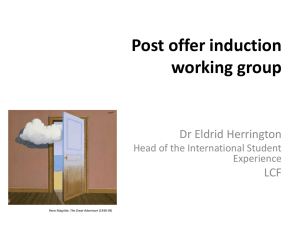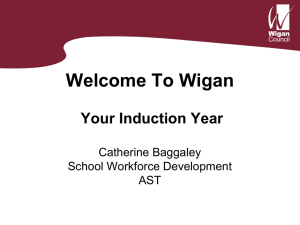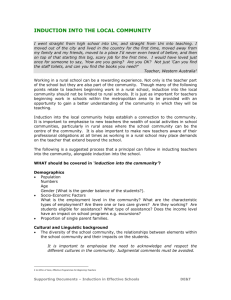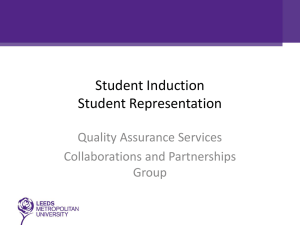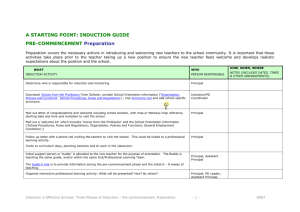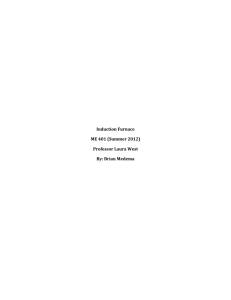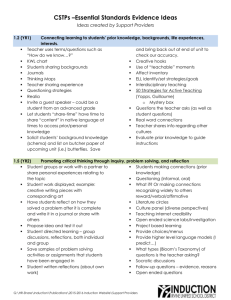Document
advertisement
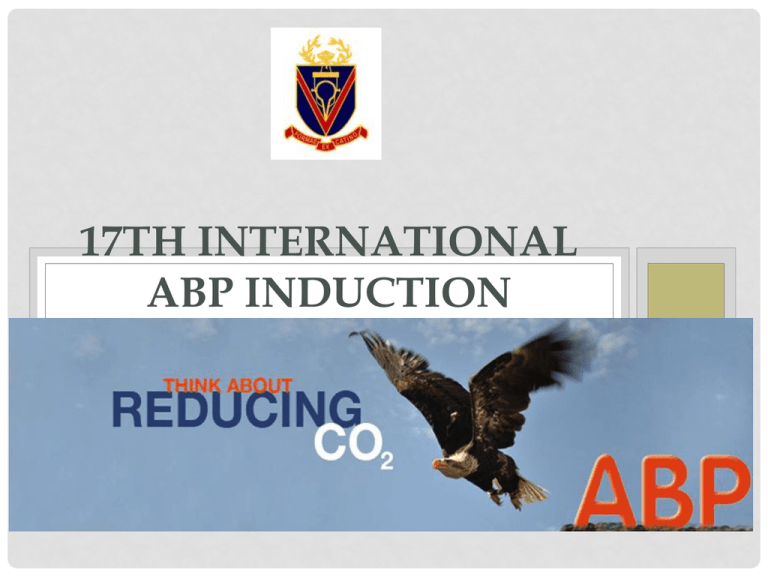
17TH INTERNATIONAL ABP INDUCTION CONFERENCE 2013 FOR WHO? •worldwide foundry, steel and forging industry in Dortmund st nd on the 1 and 2 October, 2013. MOTTO •“sustainable technology for an energy intensive metal industry“ ATTENDANCE •approx. 500 high caliber professionals from 31 countries •22 Lectures and 13 workshops; SA DELEGATION PADICON® ( PARALLEL DIFFERENCE POWER CONTROL) (DR. TANNEBERGER GMBH) • High-energy processes are no longer independent, as before; instead, they are co-ordinated, balancing out peaks and troughs in demand against one another. Power demands undergo less fluctuation. The result: peak performance with no peaks indemand. REINHARD TWEER GMBH IN BIELEFELD CUTS PEAK DEMAND BY 21 PER CENT USING PADICON IMPROVING POWER EFFICIENCY • “PadiconR gives Reinhard Tweer GmbH a crucial advantage: all the foundry‘s furnaces can be operated simultaneously with no rise in power consumption. Peaks in electricity demand can be controlled precisely and sustainably. This not only guarantees that the workflow is uninterrupted, it also cuts energy costs without lowering production”. THE VALUE OF MONITORING • The process also provides a transparent overview of power consumption for every connected unit, at any time. New units can easily be hooked up to the system later. ALD VACUUM TECHNOLOGIES VACUUM INDUCTION MELTING FURNACES • Vacuum induction melting (VIM) is one of the most commonly used processes in secondary metallurgy applied for refining treatment in the liquid state and adjustment of chemical composition and temperature. • To achieve the increasing quality demands on the • resulting material and at the same time 1. save raw materials such as alloying elements due to higher yield; and 2. save energy, • The application of vacuum in the induction melting process is a must for many specialized materials • The process is suitable for the production of highpurity metals within an oxygen-free atmosphere • This limits the formation of non-metallic oxide inclusions. METALLURGICAL ADVANTAGES • Melting under oxygen-free atmosphere, this limits formation of non-metallic oxide inclusions and prevents oxydation of reactive elements; • Achievement of very close compositional tolerances and gas contents; • Removal of undesired trace elements with high vapour pressures; • Removal of dissolved gases e.g. oxygen, hydrogen, nitrogen; • Adjustment of precise and homogeneous alloycomposition and melt temperature. ADVANTAGES • For this reason, metallurgical operations, such as dephosphorization and desulphurization, are limited. • The removal of harmful volatile trace elements, such as antimony, tellurium, selenium, and bismuth in vacuum induction furnaces is of considerable practical importance. • Fast change of program for different types of steels and alloys; • Precise temperature control; • Low level of environmental pollution from dust output; THE VIM-VMC-FURNACE IS A TWOCHAMBER DESIGN WITH VERTICAL MOLD CHAMBER. SUSTAINABLE INDUCTION TECHNOLOGY • 1. Sustainable induction technology • 2. Ecology • 2.1 Reduction of CO2 Emissions • Energy Savings • Recycling • Economy • sociology THANK YOU FOR YOUR ATTENTION

